Franz Joseph Haydn
Story
Franz Joseph Haydn (1732–1809) Over the course of his 106 symphonies, Austrian composer Franz Joseph Haydn became the principal architect of the classical style of music. Franz Joseph Haydn was among the creators of the fundamental genres of classical music, and his influence upon later composers is immense. Haydn’s most celebrated pupil was Ludwig van Beethoven, and his musical form casts a huge shadow over the music of subsequent composers such as Schubert, Mendelssohn and Brahms.
Franz Joseph Haydn was recruited at age 8 to the sing in the choir at St. Stephen’s Cathedral in Vienna, where he went on to learn to play violin and keyboard. After he left the choir, he supported himself by teaching and playing violin, while studying counterpoint and harmony. Haydn soon became an assistant to composer Nicola Porpora in exchange for lessons, and in 1761 he was named Kapellmeister, or “court musician,” at the palace of the influential Esterházy family, a position that would financially support him for nearly 30 years. Isolated at the palace from other composers and musical trends, he was, as he put it, “forced to become original.”
While Haydn rose in the Esterházy family’s esteem, his popularity outside the palace walls also increased, and he eventually wrote as much music for publication as for the family. Several important works of this period were commissions from abroad, such as the Paris symphonies (1785-1786) and the original orchestral version of “The Seven Last Words of Christ” (1786). Haydn came to feel sequestered and lonely, however, missing friends back in Vienna, such as Wolfgang Amadeus Mozart, so in 1791, when a new Esterházy prince let Haydn go, he quickly accepted an invitation to go to England to conduct new symphonies with German violinist and impresario Johan Peter Salomon. He would return to London again in 1794 for another successful and lucrative season. Already well known and appreciated in England, Haydn’s concerts drew huge crowds, and during his time in England the composer created some of his most popular works, including the “Rider” quartet and the Surprise, Military, Drumroll and London symphonies.
Haydn returned to Vienna in 1795 and took up his former position with the Esterházys, although only part-time. At this point, he was a public figure in Vienna, and when he wasn’t at home composing, he was making frequent public appearances. With his health failing, his creative spirit outlasted his ability to harness it, and he died at age 77. Haydn is remembered as the first great symphonist and the composer who essentially invented the string quartet. The principal engineer of the classical style, Haydn exerted influence on the likes of Mozart, his student Ludwig van Beethoven and scores of other .
Details
- Composer
- Franz Joseph Haydn
- Date of birth
- 31 maart 1732
- Nationality
- Austrian
- Albums
- 37
- Tracks
- 961
37 albums
-

Johann Sebastian Bach, Wolfgang Amadeus Mozart and 17 others
Classical Piano Music
-
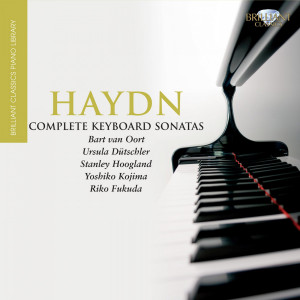
Franz Joseph Haydn
Haydn: Complete Keyboard Sonatas
-

Franz Joseph Haydn
Haydn: Complete Organ Concertos
-

Franz Joseph Haydn
Haydn: Complete Piano Music, Vol. 1
-

Franz Joseph Haydn
Haydn: Complete String Quartets, Vol. 1/3
-
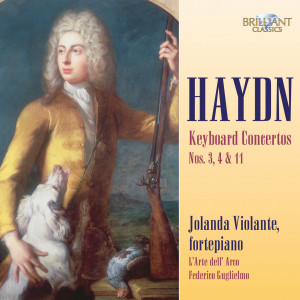
Franz Joseph Haydn
Haydn: Keyboard Concertos Nos. 3, 4 & 11
-
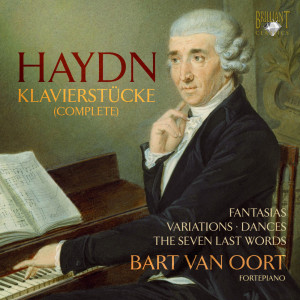
Franz Joseph Haydn
Haydn: Klavierstücke
-
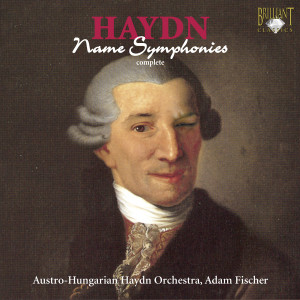
Franz Joseph Haydn
Haydn: Name Symphonies
-
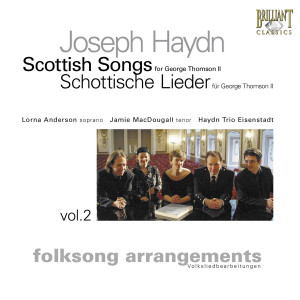
Franz Joseph Haydn
Haydn: Scottish Songs, Vol. 2
-
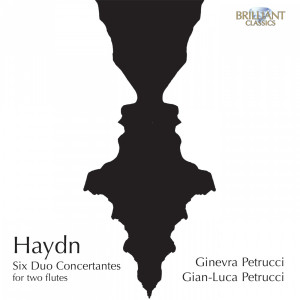
Franz Joseph Haydn
Haydn: Six Duo Concertantes for Two Flutes
-
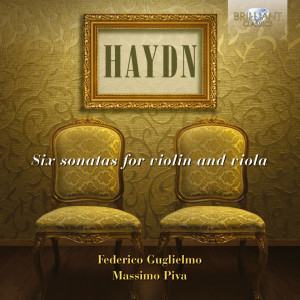
Franz Joseph Haydn
Haydn: Six Sonatas for Violin and Viola
-
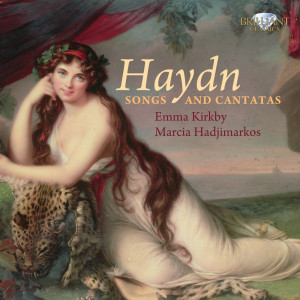
Franz Joseph Haydn
Haydn: Songs and Cantatas
-

Franz Joseph Haydn
Haydn: String Quartets, Op. 17
-
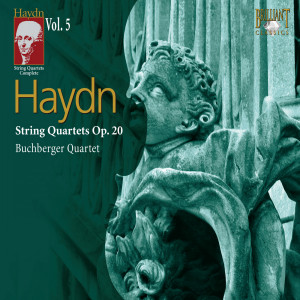
Franz Joseph Haydn
Haydn: String Quartets, Op. 20
-
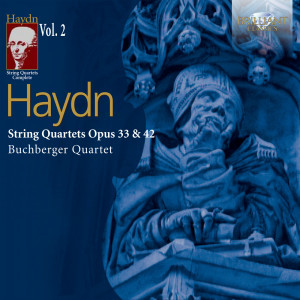
Franz Joseph Haydn
Haydn: String Quartets, Op. 33 & 42
-
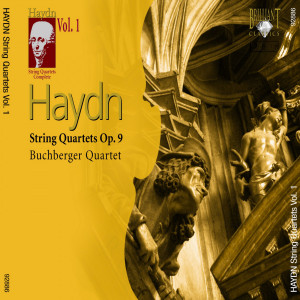
Franz Joseph Haydn
Haydn: String Quartets, Op. 9
-

Franz Joseph Haydn
Haydn: Symphony No. 1
-
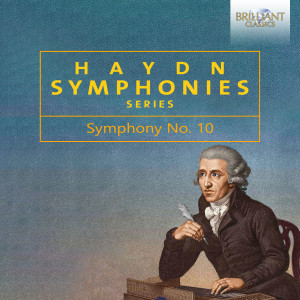
Franz Joseph Haydn
Haydn: Symphony No. 10
-

Franz Joseph Haydn
Haydn: Symphony No. 11
-
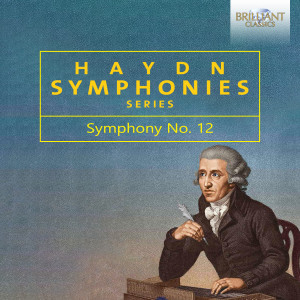
Franz Joseph Haydn
Haydn: Symphony No. 12
-
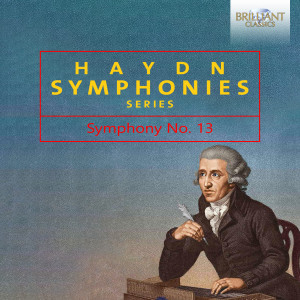
Franz Joseph Haydn
Haydn: Symphony No. 13
-
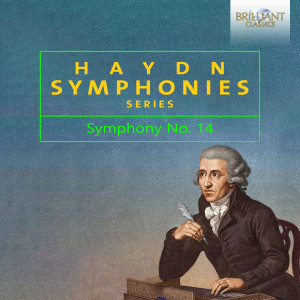
Franz Joseph Haydn
Haydn: Symphony No. 14
-

Franz Joseph Haydn
Haydn: Symphony No. 2
-
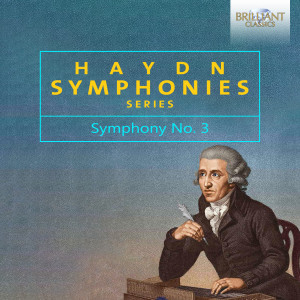
Franz Joseph Haydn
Haydn: Symphony No. 3
-
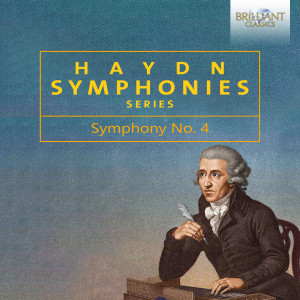
Franz Joseph Haydn
Haydn: Symphony No. 4
-
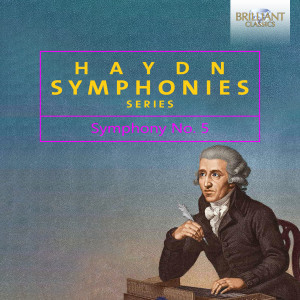
Franz Joseph Haydn
Haydn: Symphony No. 5
-

Franz Joseph Haydn
Haydn: Symphony No. 6
-
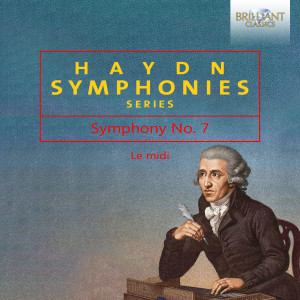
Franz Joseph Haydn
Haydn: Symphony No. 7
-
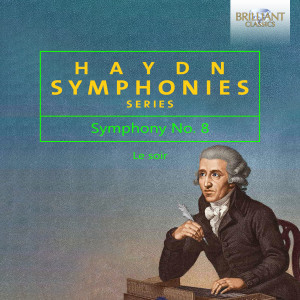
Franz Joseph Haydn
Haydn: Symphony No. 8
-

Franz Joseph Haydn
Haydn: Symphony No. 9
-

Franz Joseph Haydn
Haydn: Violin Concertos
-
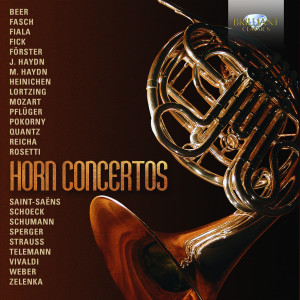
Camille Saint-Saëns, Anonymous and 23 others
Horn Concertos
-
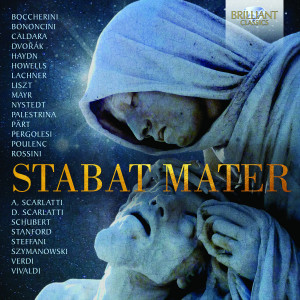
Giuseppe Verdi, Antonín Dvořák and 21 others
Stabat Mater
-

George Frideric Handel, Richard Wagner and 15 others
Sunday Morning Classics
-

Edward Elgar, Gabriel Fauré and 23 others
Top 50 Classical Voices
-

Frédéric Chopin, Franz Joseph Haydn and Pauline Viardot
Viardot: Mélodies
-

Alexander Scriabin, Sergei Prokofiev and 2 others
Virtuoso Piano Music
